*This post contains affiliate links. As an Amazon Associate, I earn from qualifying purchases. This means when you make a purchase, I get a commission at no cost to you! Read more about my affiliate partners on my Affiliate Links Disclaimer.
It might not seem like you are doing anything, especially something for the planet, but one of the best things you can do for biodiversity conservation is to take a child outside. Over the past few decades, people are spending more and more time indoors, and connecting less with nature. As television, malls, smart phones, and social media compete with nature, the latter frequently loses. So what’s the big deal? And how does this help conservation? At the Children and Nature Network Conference, I learned that taking kids outside is a big deal for the planet.
The Extinction of Experience
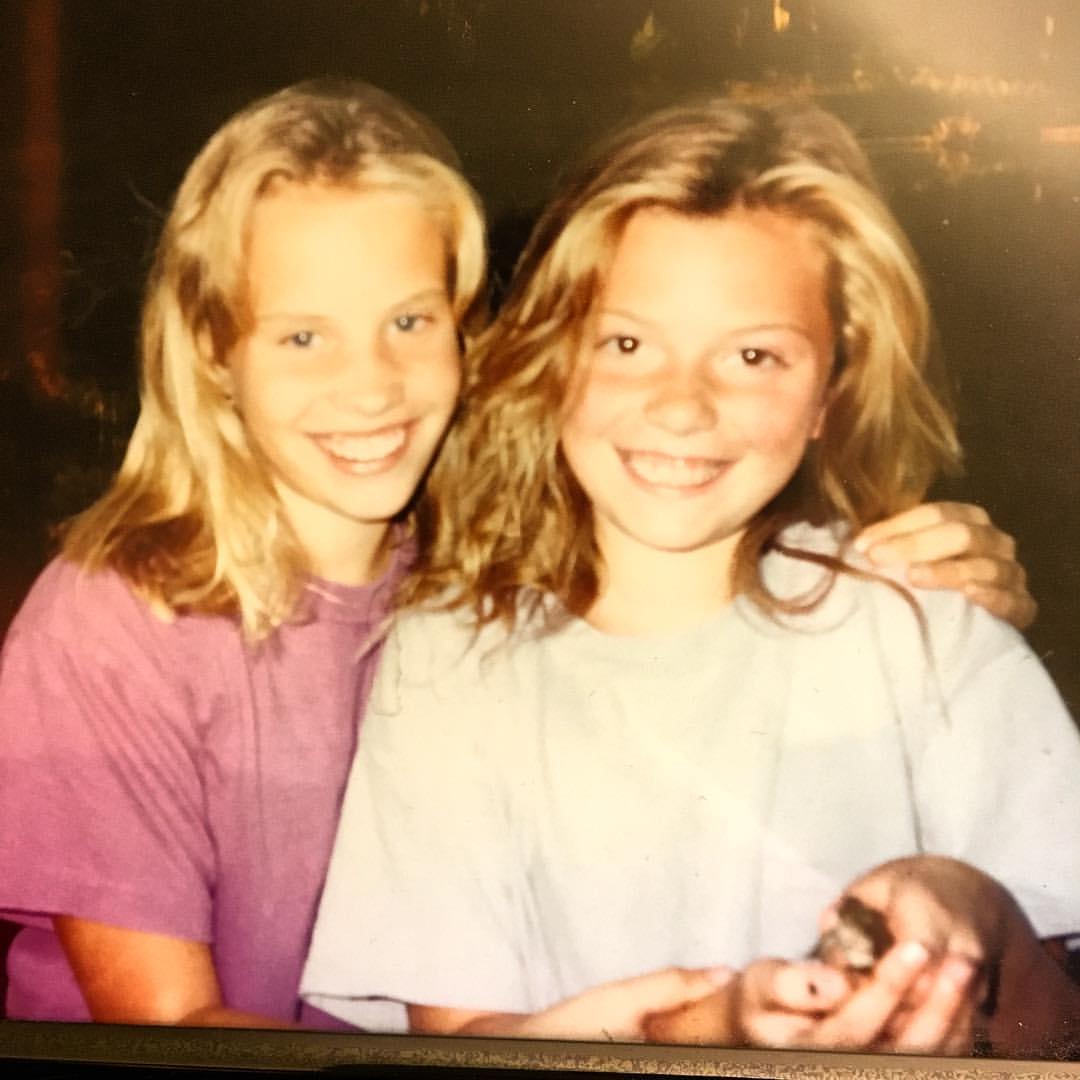
Experiences with nature at a young age are a huge predictor of attitudes towards conservation and natural resource stewardship. Ask myself or any other ecologist how they got started in this field and its always the same thing – exploring and playing outdoors as a child. Whether it was turning over rocks to look inside insect worlds or blowing dandelion seeds, these experiences are imperative to form an emotional bond with nature and a strong sense of place that motivates people to protect natural places. Remove these experiences and you are left with a generation of people unable to make these connections and therefore apathetic towards nature (called the Extinction of Experience). Who will give money to World Wildlife Fund when they have not seen wildlife? Who will vote for protected areas? This “Extinction of Experience” is a great and often underestimated threat to biodiversity.
At the Children and Nature Network Conference I attended in April 2017, presenter Dr. Scott Sampson, President & CEO of Science World British Columbia, host of Dinosaur Train, and author of How to Raise a Wild Child, particularly drove home this point well. He stated, if you were to ask conservationists what was the most issue of our time, what would they say? We can assume the answers would vary between climate change, habitat loss, the accumulation of plastics or toxins, but the truth is – it doesn’t matter. If people don’t care about nature, they won’t care about any of these issues.
Sampson asked us to think of a place we loved as a child. He does this at lots of speaking engagements and no matter what type of audience he speaks to, 90+% of the people think of a place that is in nature. If these experiences are lost, children won’t develop the emotional connections necessary for them to care about nature, which means as future voting adults, they won’t try to protect it. Sampson reiterated this point with the results of the most recent U.S. presidential election, where the consequences became shockingly clear. He said “State and national parks are not innately protected. Every generation decides to keep protecting them.” Waiting until kids become adults is often too late, as world views are formed and emotional connections are harder to develop.
Wildlife Biology for Kids Program
Program for kids ages ~8-12 to learn about wildlife, conservation, and nature by conducting science-based activities that real wildlife biologists do. Plus, FREE PDF “10 Activities to Connect to Wildlife.”
Thank you!
You will receive an informational email soon.
Nature is Everywhere
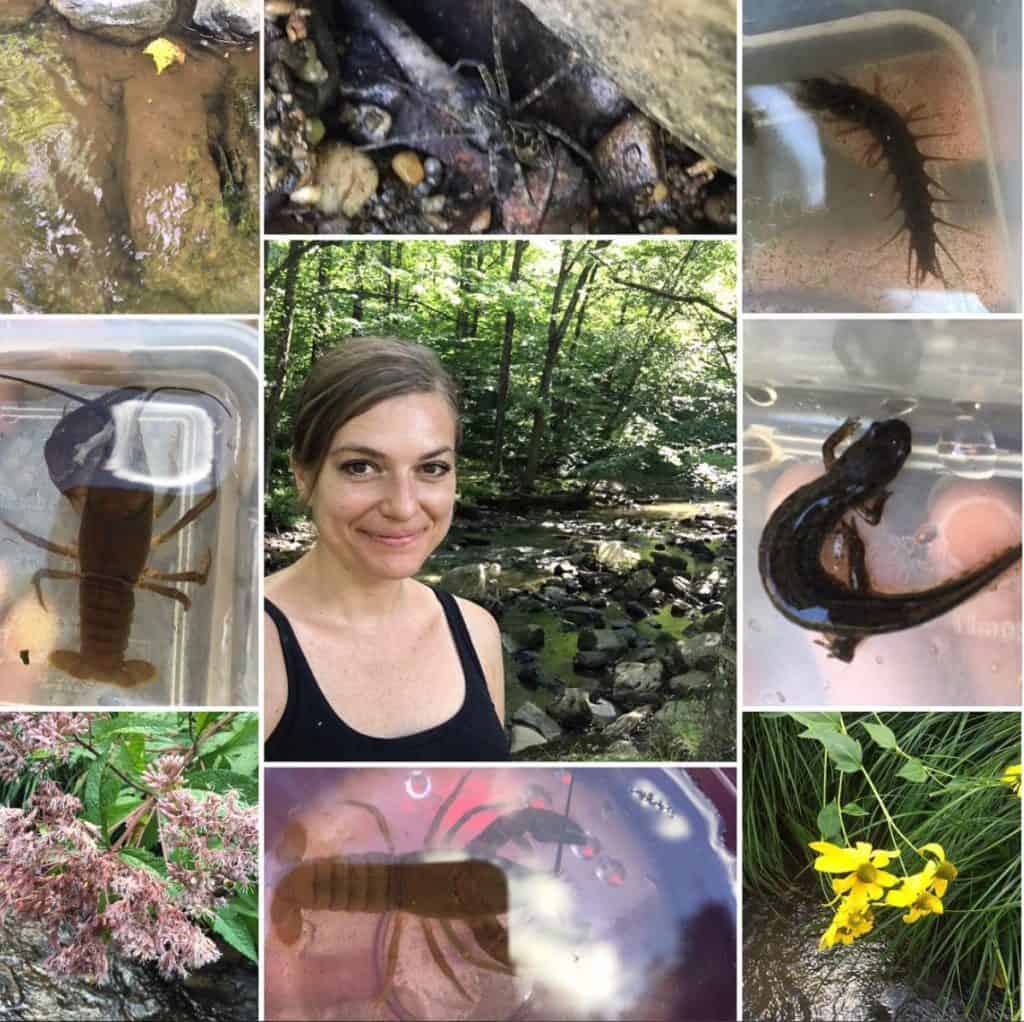
To take a child outside, the experiences with nature do not need to be pristine or profound. Talk to those same ecologists and a lot will muster up memories of backyards and gardens in addition to national parks. These experiences can occur in the most urbanized areas. Yes, human population is increasing and cities will become bigger, but this doesn’t mean they can’t be greener and better. In New York City and Chicago, there are wild enough areas for coyotes to re-colonize, although the typical landscaped city parks will also do. Don’t think that the biodiversity of urban areas is subpar either. Urban parks, gardens, and your yards yield a surprisingly high amount of biodiversity, are important for conservation, and even hold discoveries waiting to be made like new species (Want to make your yard friendly to wildlife? Read my tips).
Connecting kids to nature is surprisingly simple. As a child, some of my most profound experiences took place in the extremely landscaped patches of non-native plants along our entry way, just feet outside of our suburban house. I would flip over decorative rocks and stepping stones looking for isopods (potato bugs), centipedes, and earthworms with my dad. My dad wasn’t a scientist; in fact, my parents didn’t even go to college. I wasn’t in Yellowstone National Park. I was in my driveway. Author of Last Child in the Woods, Richard Louv emphasized this exact point at the Children in Nature Network Conference; we have to stop seeing nature as some pristine, far away place. He said “To give every child the opportunity to connect, we must find nature nearby. You don’t have to go far…nature is there for you.”
Gil Penalosa of the 8-80 Cities initiative stressed the need to increase access to nature where most people live, in cities. He gave example after example of cities across the world that had converted abandoned parking lots, railroad tracks, and streets into parks and play spaces. Adding small gardens and objects near bus stops can give kids the opportunity to explore and wonder while they wait. Cities are not the enemy. Cities are now where most people live and they can be filled with many green spaces, both large and small. He recommended we all go to our town meetings and ask for more green spaces. I know I will.

Be a Mentor
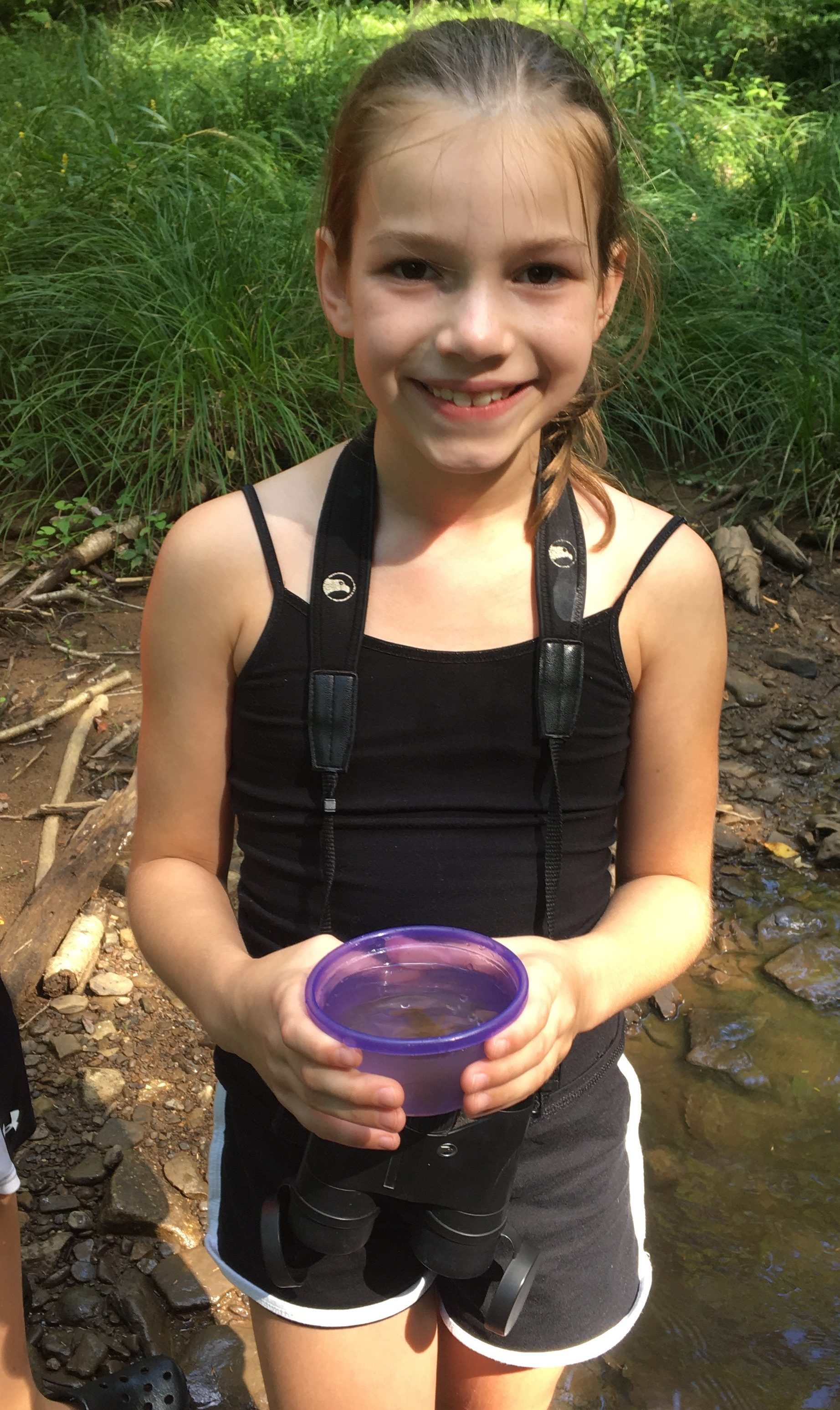
In addition to access, it also takes a mentor. This may be your own kids, nieces, nephews, grandkids, or neighbors. I don’t have kids or family here, but I have been volunteering at the Raleigh Boys Club and helping with their nature club. Now that it is warm, I want to start organizing activities outside. Having worked alongside educators over the past five years, I was starting to think of these experiences in the context of classroom learning and wanting my excursions to align to science concepts with creative lesson plans. Going to the Children & Nature Network conference really made me realize how much I was overthinking it. These kids just need someone to take them outside and explore. In fact, Sampson mentioned the importance of not telling kids the answers. Let the child ask questions and turn them back on the child. What does that animal eat? What do you think? How do you know? Let’s watch it to see. One day we took the boys in the yard behind their club just with binoculars and they were fascinated the whole session and excited to see common birds like starlings.
To bring your experiences in nature to the next level for children and biodiversity, use observations as a learning opportunity. See trash? Explain why it’s important not to litter and that animals frequently eat and choke on discarded balloons, straws, and wrappers. Also, pick up the trash to not only project good conservation attitudes, but also good conservation ethic through behavior (double environmental points if it’s recyclable!).
Nature is Good for You, Too
Even if you don’t care about nature, you should get outside (and take a young one too) because it’s good for you! There are selfish reasons to go out in nature that are still effective on your health even if you lacked in nature experiences as a child. Researchers are just beginning to scratch the surface on the mental and physical health benefits of going outside including implications on ADHD, depression, aggression, and even play. For instance, children engage in twice as much play and more creative play in areas of high vegetation, and even views of dense vegetation can improve self-discipline.
While the conference focused on kids, I know us adults are also deficient in vitamin N. Even if you don’t care about nature, being in nature offers you important health benefits. I suffered from migraines for a long time and was frustrated going to doctors being prescribed medication x to find out it worked for a few months, then get used to it, and switch to medication y. I started seeing a functional medicine doctor to get to the root cause. Part of my treatment was to go outside. Going outside gives you vitamin D (which I and many others are deficient in), helps to set your circadian rhythm to improve sleep, and helps with stress and mental health disorders.
Before the conference started, I had two long days in nature; one was hours boating on the open water to view orcas, seals, and bald eagles, and the other was hiking through a (surprisingly suburban) Pacific rainforest, moving slowly and taking inventory of the plants, birds, and invertebrates. I feel better, refreshed, and inspired.
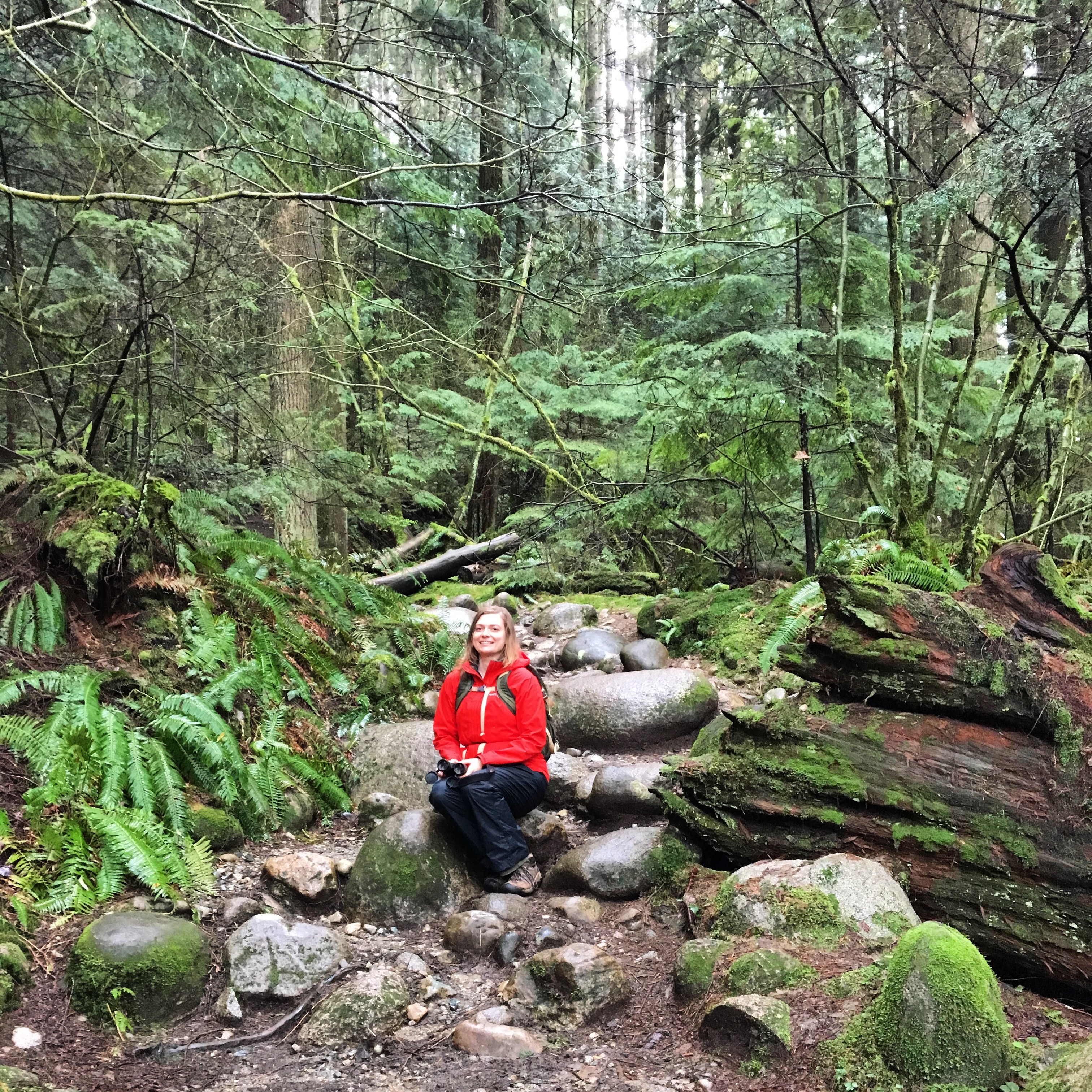
When I get back, on my dog walks, I’m going to move more slowly and look more closely. I’m going to sign up for iNaturalist and eBird and start documenting the nature I see through citizen science. I’m going to flip over rocks and I am going to take a child outside with me.
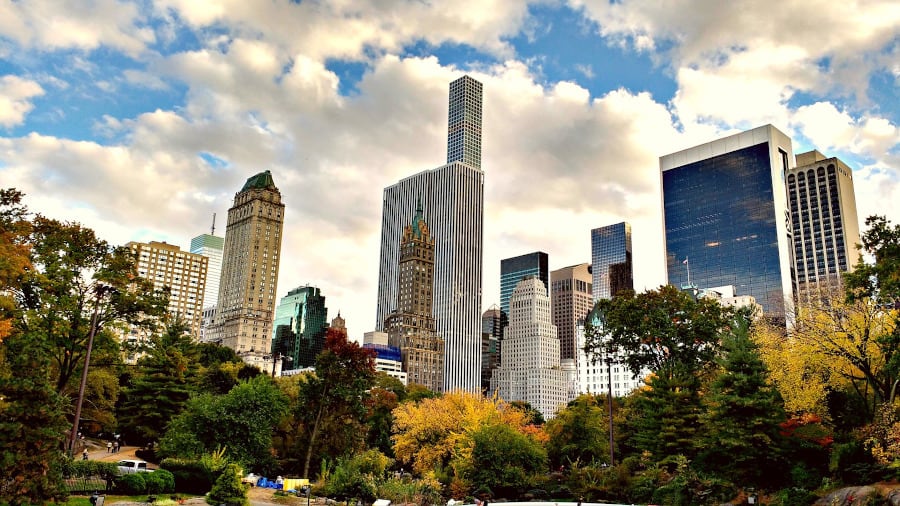
**This blog was originally published on the Wildlife SNPits.
SaveSaveSaveSave
SaveSave
SaveSave
SaveSave
SaveSave
SaveSave
SaveSave
SaveSave
SaveSave
SaveSave
SaveSave
Love this post? Share it with friends!




